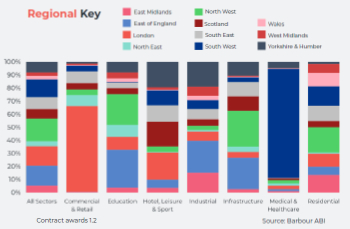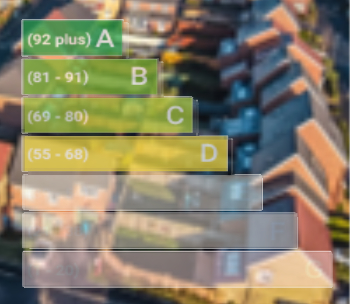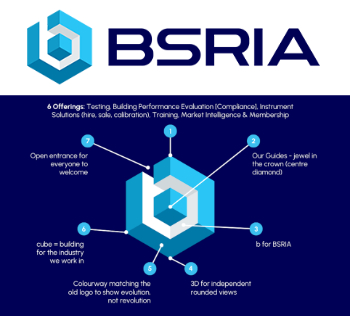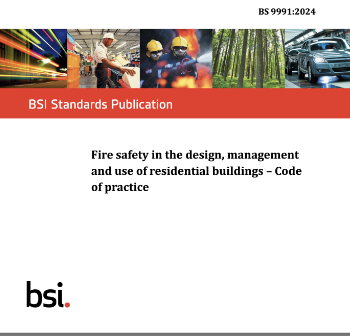Comparing the fit between BREEAM assessment and design processes
By Dr Libby Schweber, University of Reading, UK.
Published in Building Research & Information, Vol.42, No.3, pp. 300-317, 2014.
Abstract
This paper explores the mapping of environmental assessment onto design and construction processes. A comparative case study method is used to identify and account for variations in the ‘fit’ between these two processes. The analysis compares eight BREEAM projects and distinguishes project-level characteristics and dynamics. Drawing on insights from literature on sustainable construction and assessment methods, an analytic framework is developed to examine the effect of clusters of project and assessment level elements on different types of fit (tight, punctual and bolt-on).
Key elements distinguishing between these types include: prior working experience with project team members; individual commitment to sustainable construction; experience with sustainable construction; project continuity; project-level ownership of the assessment process as well as the nature and continuity of involvement from assessors. Professionals with experience of sustainability judiciously used BREEAM to support their designs, alongside other frameworks. By contrast, less committed professionals tended to treat BREEAM purely as an assessment method.
The study suggests that more attention should be paid to individual levels of engagement with, and understanding of, sustainability in general - rather than to knowledge of technical solutions to individual credits. More focus should also be placed on ownership of the assessment process and on the potential effect that discontinuities – or interruptions - at the project level can have on sustainable design.
This paper won the Merit Award in the 2014 CIOB Research Paper Award.
The judge's said, “This paper clearly demonstrates how research can reveal the wide variation between formal intent and informal application in the use of environment assessment tools. It points towards the complexity of situations where the BREEAM assessment tool is applied, and demonstrates the differing motivations of individuals in the enactment of BREEAM certification. The work is strongly argued with a good critical analysis, and also shows an excellent use of qualitative data from case studies.”
--CIOB
Featured articles and news
CLC and BSR process map for HRB approvals
One of the initial outputs of their weekly BSR meetings.
Building Safety Levy technical consultation response
Details of the planned levy now due in 2026.
Great British Energy install solar on school and NHS sites
200 schools and 200 NHS sites to get solar systems, as first project of the newly formed government initiative.
600 million for 60,000 more skilled construction workers
Announced by Treasury ahead of the Spring Statement.
The restoration of the novelist’s birthplace in Eastwood.
Life Critical Fire Safety External Wall System LCFS EWS
Breaking down what is meant by this now often used term.
PAC report on the Remediation of Dangerous Cladding
Recommendations on workforce, transparency, support, insurance, funding, fraud and mismanagement.
New towns, expanded settlements and housing delivery
Modular inquiry asks if new towns and expanded settlements are an effective means of delivering housing.
Building Engineering Business Survey Q1 2025
Survey shows growth remains flat as skill shortages and volatile pricing persist.
Construction contract awards remain buoyant
Infrastructure up but residential struggles.
Home builders call for suspension of Building Safety Levy
HBF with over 100 home builders write to the Chancellor.
CIOB Apprentice of the Year 2024/2025
CIOB names James Monk a quantity surveyor from Cambridge as the winner.
Warm Homes Plan and existing energy bill support policies
Breaking down what existing policies are and what they do.
Treasury responds to sector submission on Warm Homes
Trade associations call on Government to make good on manifesto pledge for the upgrading of 5 million homes.
A tour through Robotic Installation Systems for Elevators, Innovation Labs, MetaCore and PORT tech.
A dynamic brand built for impact stitched into BSRIA’s building fabric.
BS 9991:2024 and the recently published CLC advisory note
Fire safety in the design, management and use of residential buildings. Code of practice.
























